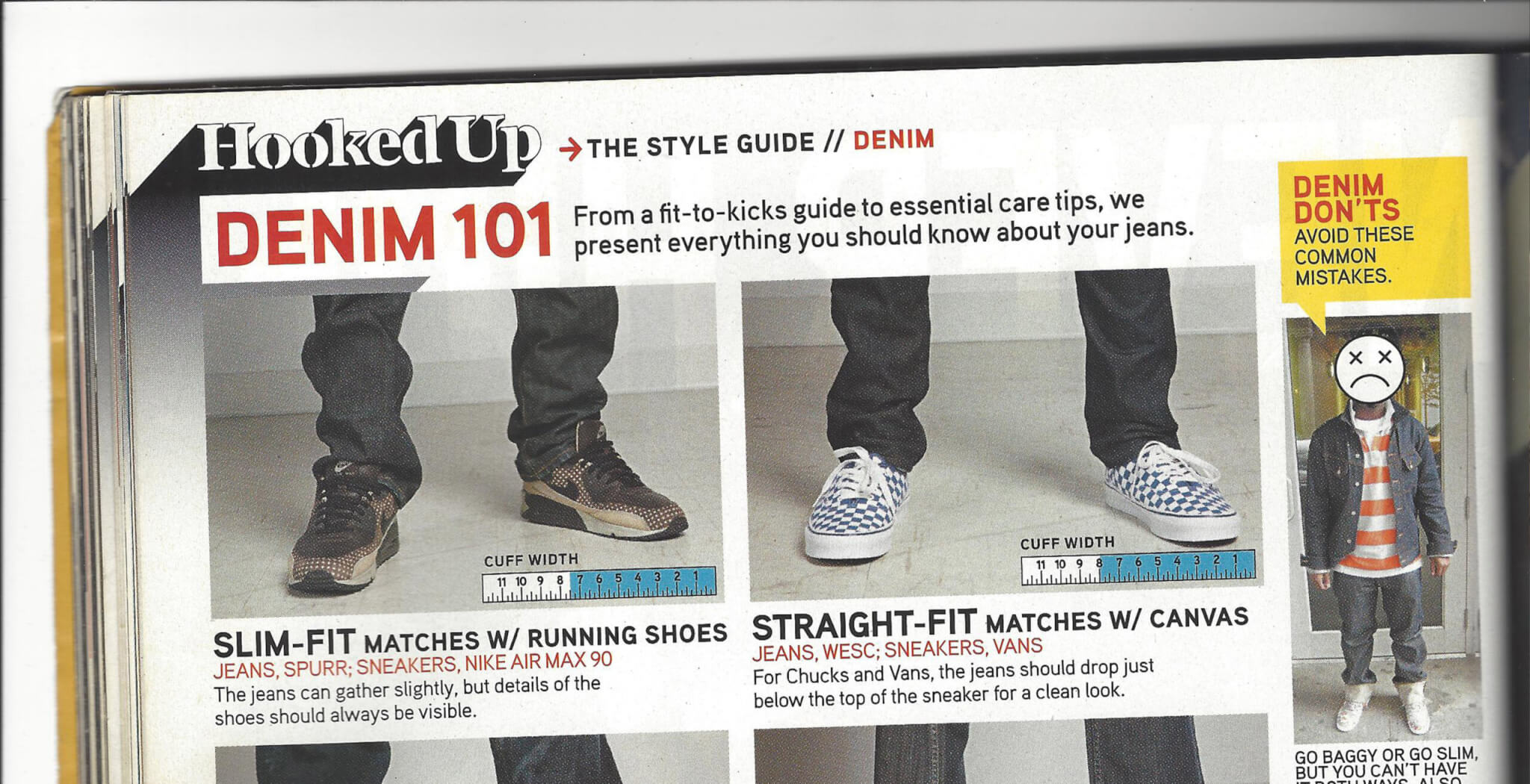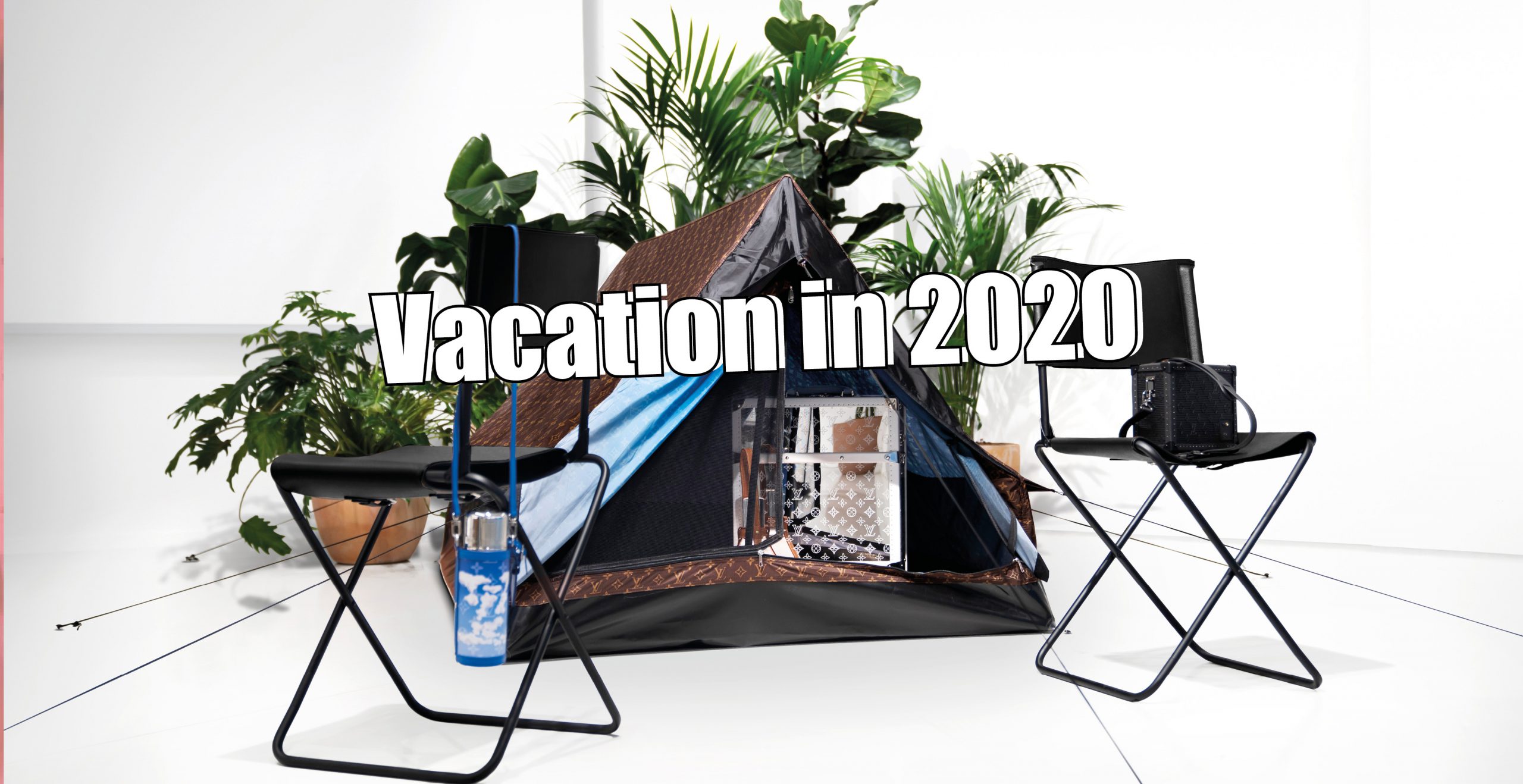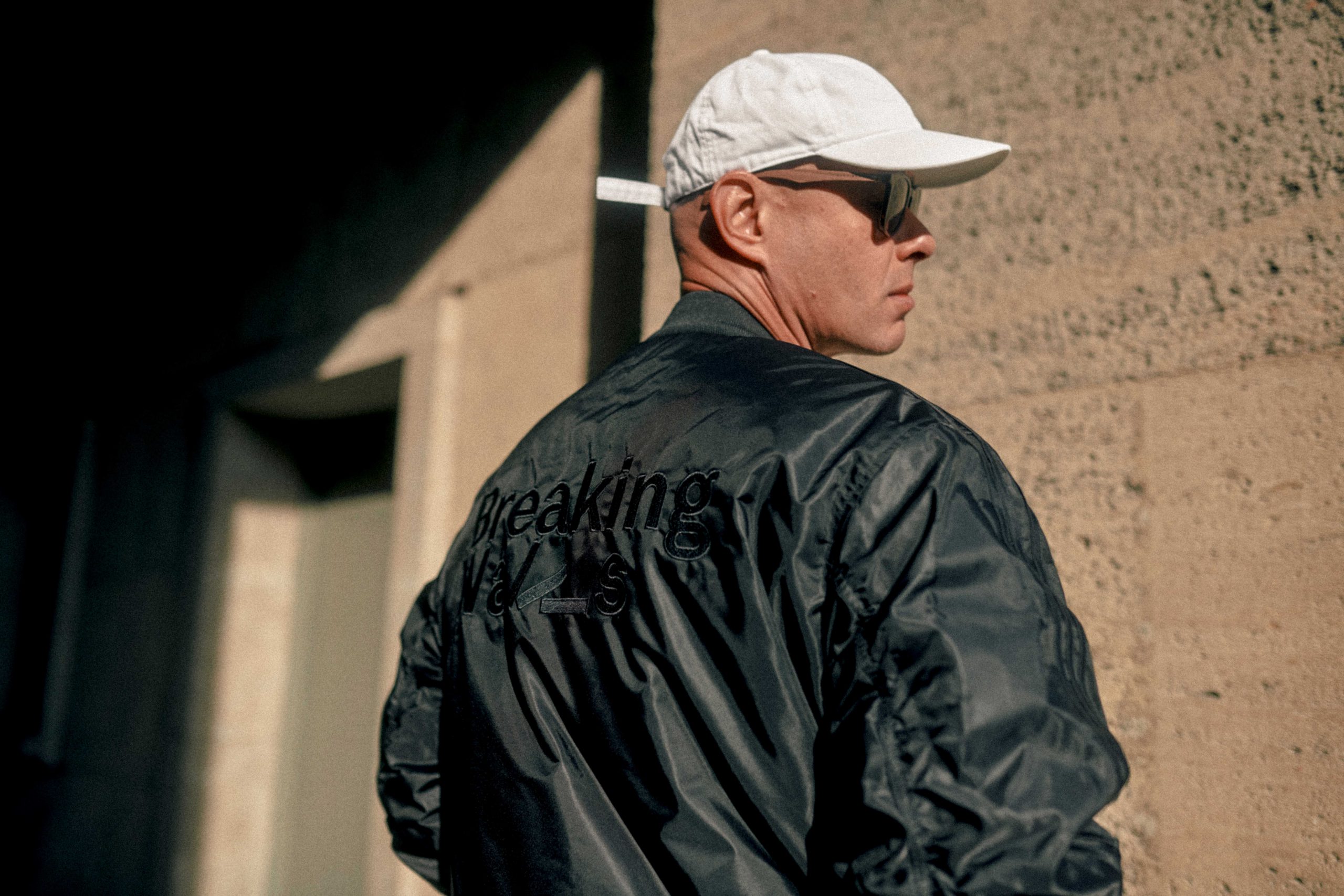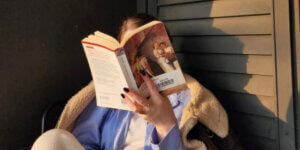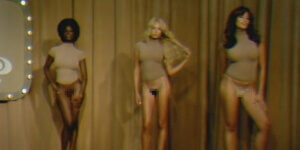Complex Magazine – “Buy. Collect. Obsess.”
This is the final installment of “Home Invasion” for this year, my monthly platform where I reminisce about the good old days and provide you with a glimpse into how I became the person I am today—a guy overly obsessed with clothing, who now makes a living out of this passion.
In this edition, we will delve into a magazine that accompanied me during a time when Instagram had yet to inundate us with our daily fashion fix. While growing up, there were certain clothing items that I yearned for. Even though I couldn’t get my hands on most of them, the mere thought of them still brings a smile to my face.
One such item, a must-have for anyone involved in the Hip-hop scene with a keen sense of fashion, was an embroidered hoodie by the urban fashion brand Ecko Unltd. Founded in 1993 by Marc Milecofsky, also known as Marc Ecko, this brand exuded a strong New York vibe. It possessed a gritty authenticity while remaining open to other influences—much like a classic 1990s Hip-hop beat, incorporating samples and scratches, Ecko seamlessly blended external influences into its distinct New York fashion aesthetic.
During the early 2000s, with no social media and only a handful of German Hip-hop magazines featuring urban fashion, there was a dearth of information on fashion beyond publications like GQ or FHM. However, my hunger for more knowledge remained insatiable.
My prayers were answered in 2002 when my friend’s store received a new shipment of Ecko clothes, including a small stack of the inaugural issue of “Complex Magazine.” Recognizing the lack of lifestyle magazines specifically tailored to young men, regardless of race, with an interest in urban culture, Marc Ecko drew inspiration from Japanese men’s magazines and buyer’s guides to curate the first issue of “Complex.” The magazine’s iconic flip cover, featuring Nas and “Sopranos” actor Dominic Chianese on the front and actress Rosario Dawson on the back, allowed readers to immerse themselves in editorials, interviews, street art, pop culture, and fashion and products with the convenience of a mail order catalog.
“Complex” stood out among its peers, featuring an unparalleled mixture of brands such as Wood Wood, Stüssy, Ralph Lauren, Obey, Maharishi, Rogue Status, Rockwell, and A Bathing Ape. Moreover, it arrived at the perfect time when fashion began permeating the Hip-hop culture, leading artists like Lupe Fiasco, Wale, Kanye West, and Pharrell to embrace a smaller cut of jeans, Japanese graphic shirts, and Supreme 5-panel caps, replacing their baggy jeans, sports jerseys, and New Era 5950s. It’s hard to believe, but plaid flannel shirts were nowhere to be found in streetwear shops at that time. I had to resort to buying similar shirts from my local hardware store, thanks to the inspirations I found within the pages of “Complex.”
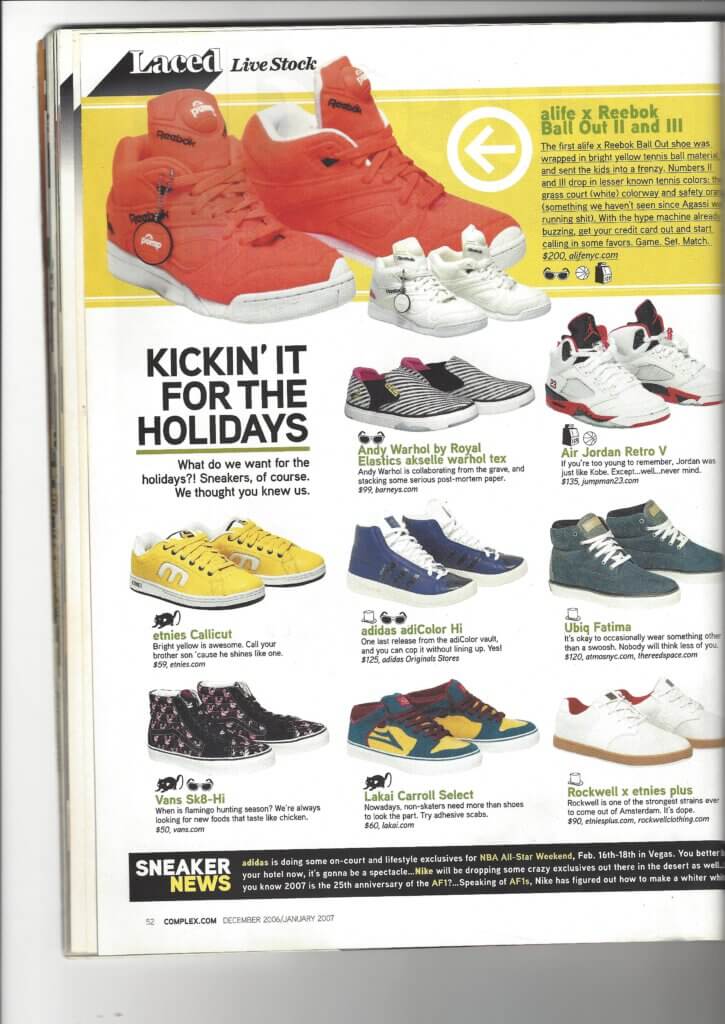
Other outstanding cover pairings included Mos Def and David Bowie (2002), Aerosmith’s Steven Tyler and DJ Rob Swift (2003), Travis Barker and Lil’ Wayne (2006), Andre3000 and Will Ferrell (2008) and A$AP Rocky posing with Jeremy Scott in a shooting similiar to the famous “Basquiat vs. Warhol Boxing Match“ photo (2012).
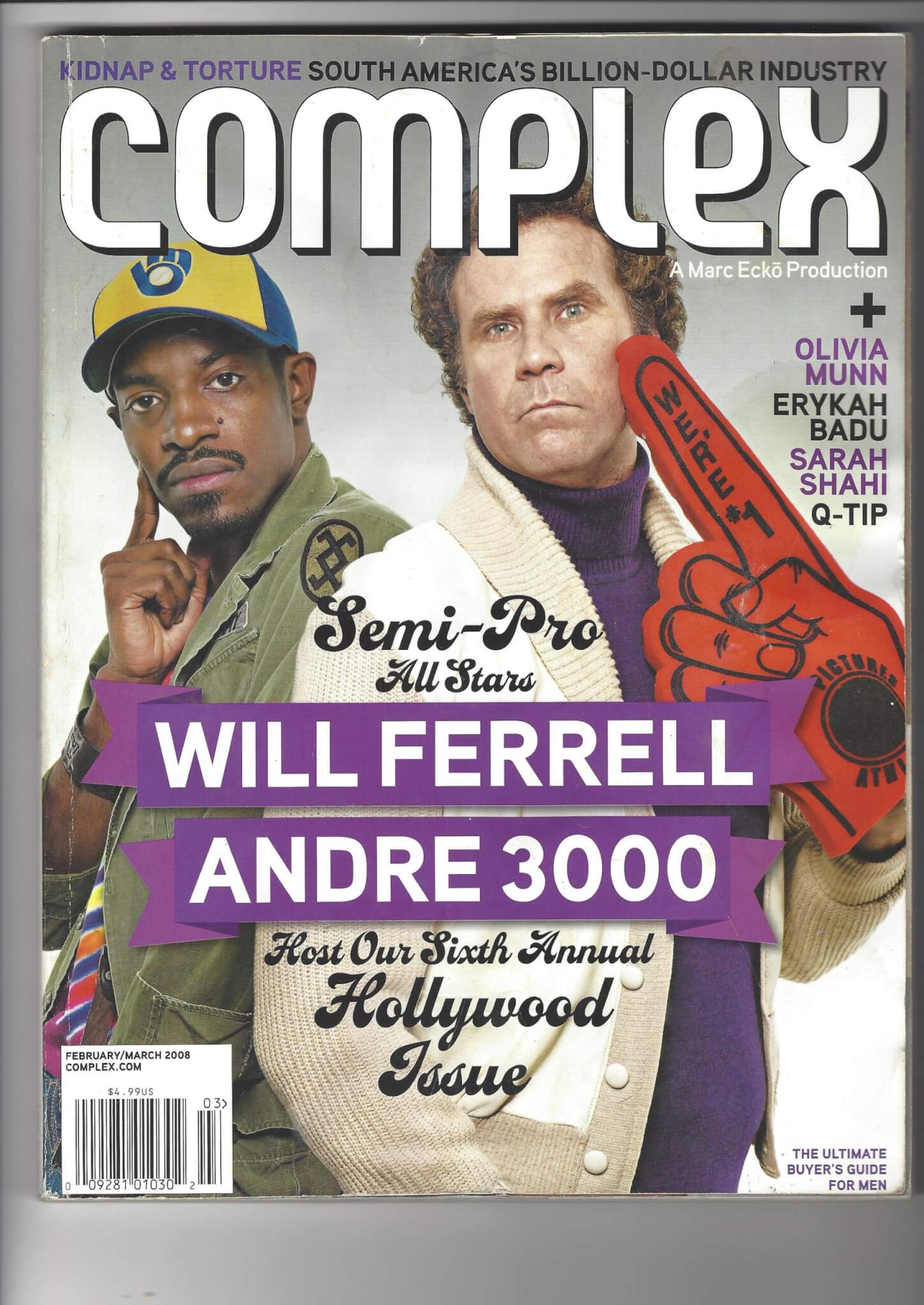
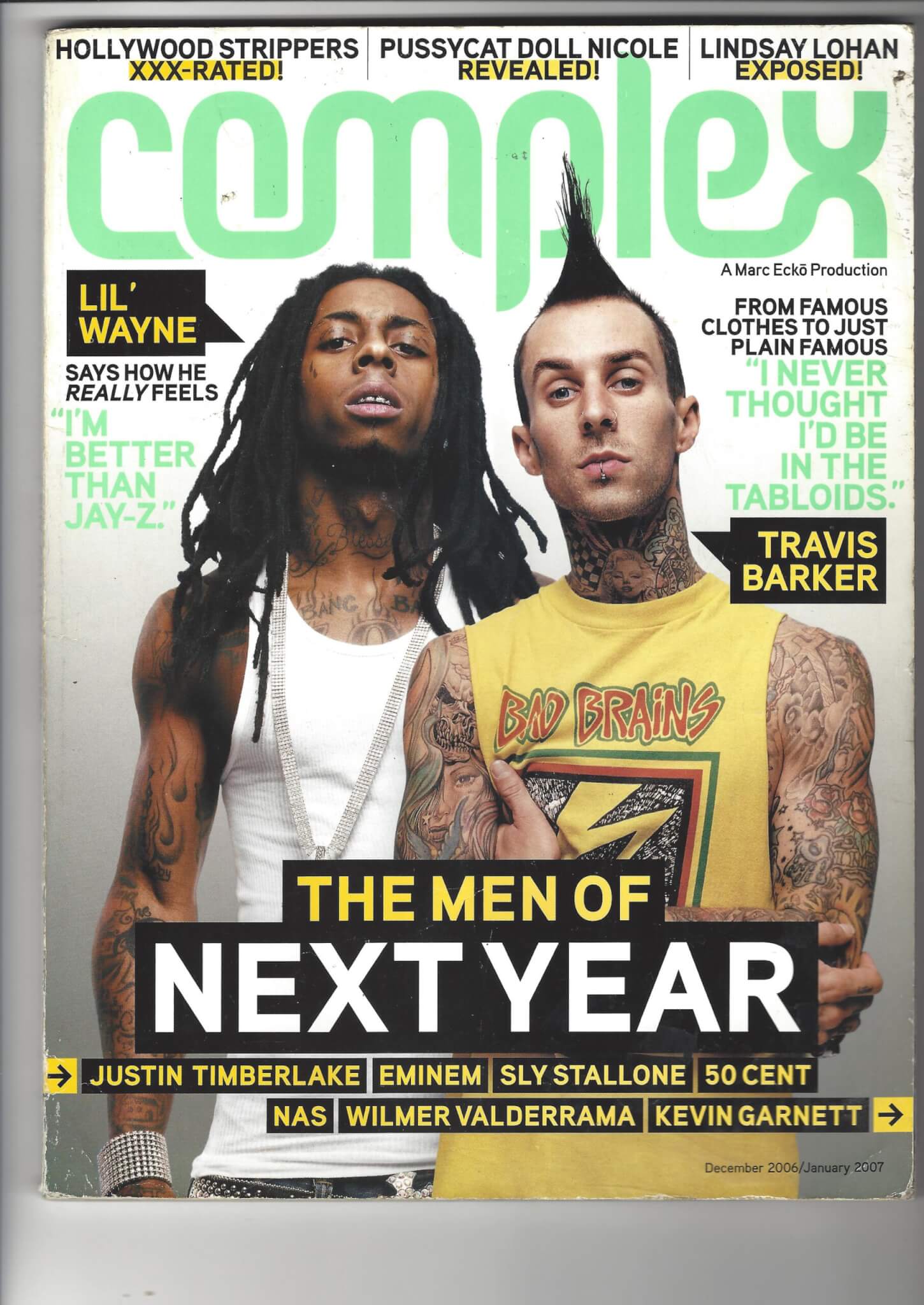
And there was simple no other magazine featuring a mixture of brands like Wood Wood, Stüssy, Ralph Lauren, Obey, Maharishi, Rogue Status, Rockwell and A Bathing Ape at that time. So “Complex“ really stood out.
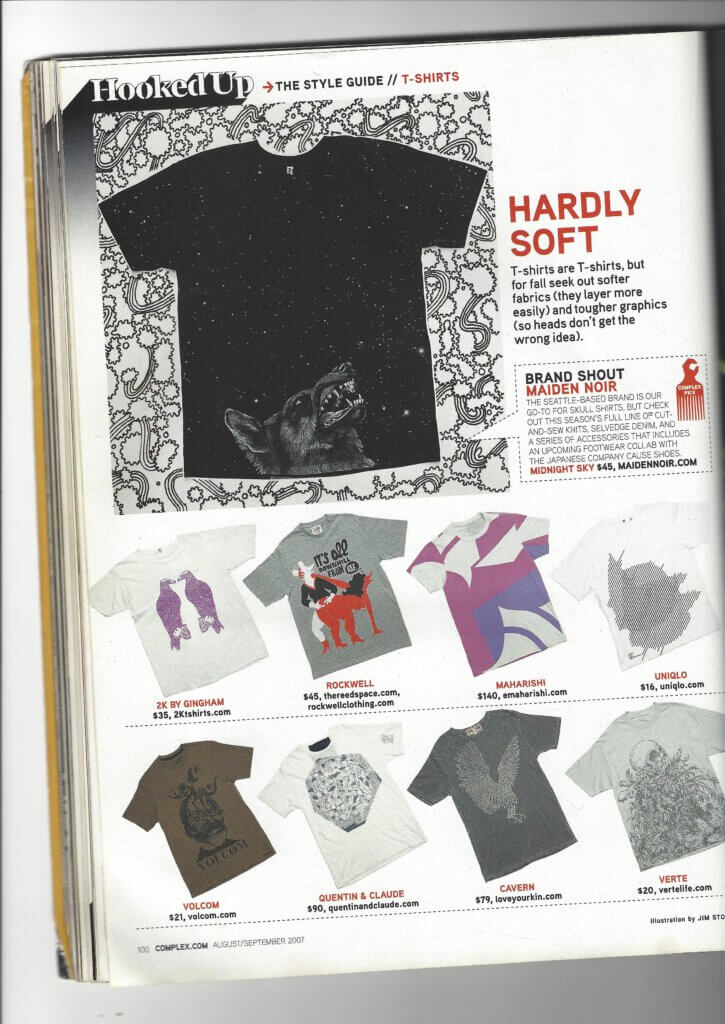
The magazine exactly hit the right spot in time, when fashion found it’s way into Hiphop and artists like Lupe Fiasco, Wale, Kanye West and Pharrell started exchanging their former baggy jeans for a smaller cut, their sports jerseys for japanese graphic shirts and their New Era 5950’s for Supreme 5 panel caps. It might sound unbelievable, but back then you could not get any plaid flannel shirts in streetwear shops. It was just not fashionable here, so I had to buy shirts “similar“ to the ones I spotted in the magazine in my local hardware store. With each new issue I was ready to get influenced in hunting for something new.
Browsing through a new issue basically felt like checking the newest toy catalogue to get inspired for your Christmas wish list.
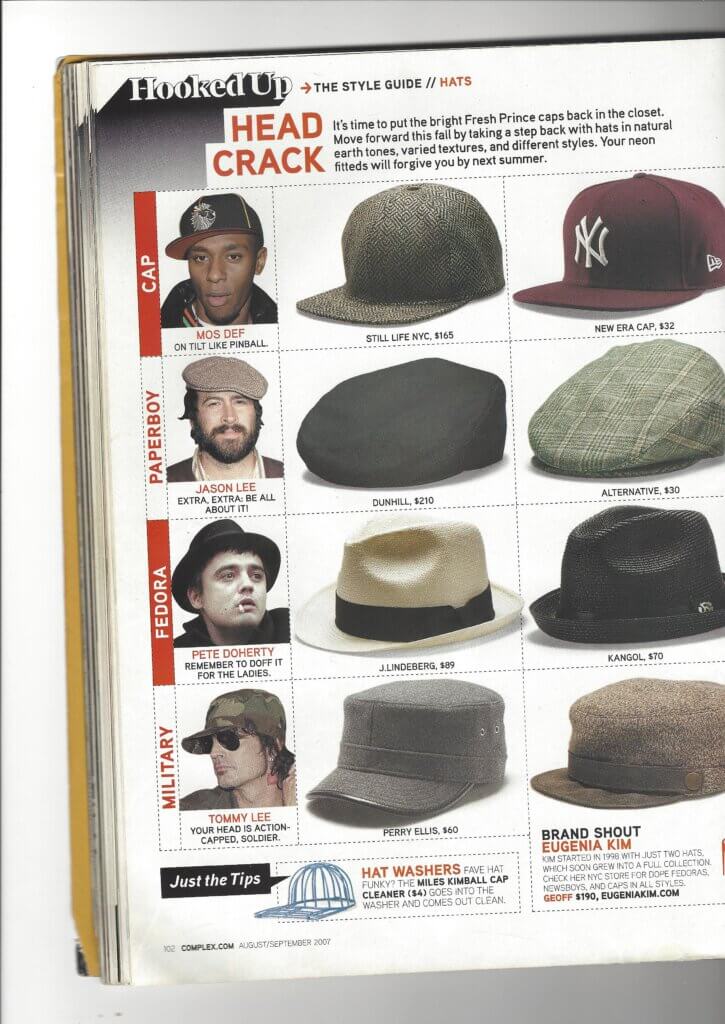
It also featured a section in which readers could write letters about their love life-problems (“Ask a Triffey“), shopping guides to different cities, news about sports and video games and my most-beloved section “Hooked up – Street Detail“, in which people from the streets had their fit pic (That word was not invented back then) taken and answered questions such as “What trend should die?“ or “What song captures your style?“. Of course there were also perfume ads with free samples. And that’s definitely why I settled on Jean Paul Gaultier’s “Le Male“ for a very long time.
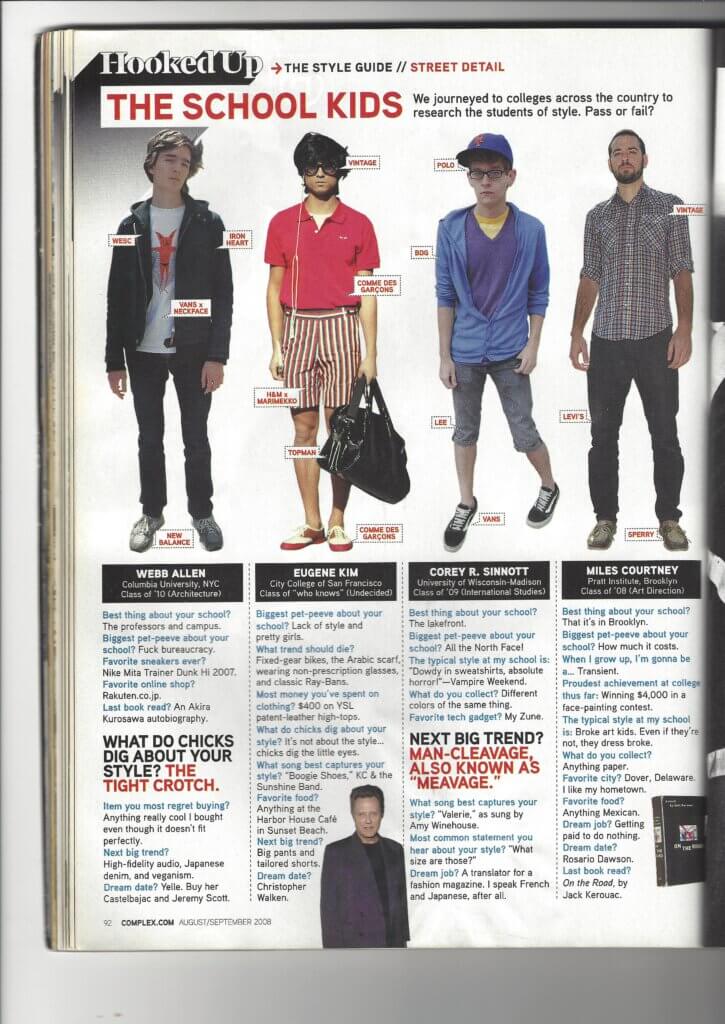
I found countless inspirations in that magazine and even though it was founded by the head of a Hiphop fashion brand it clearly guided me on my way away from the ordinary Hiphop-head look to streetwear and men’s wear. But that’s exactly what fashion is about – evolution.
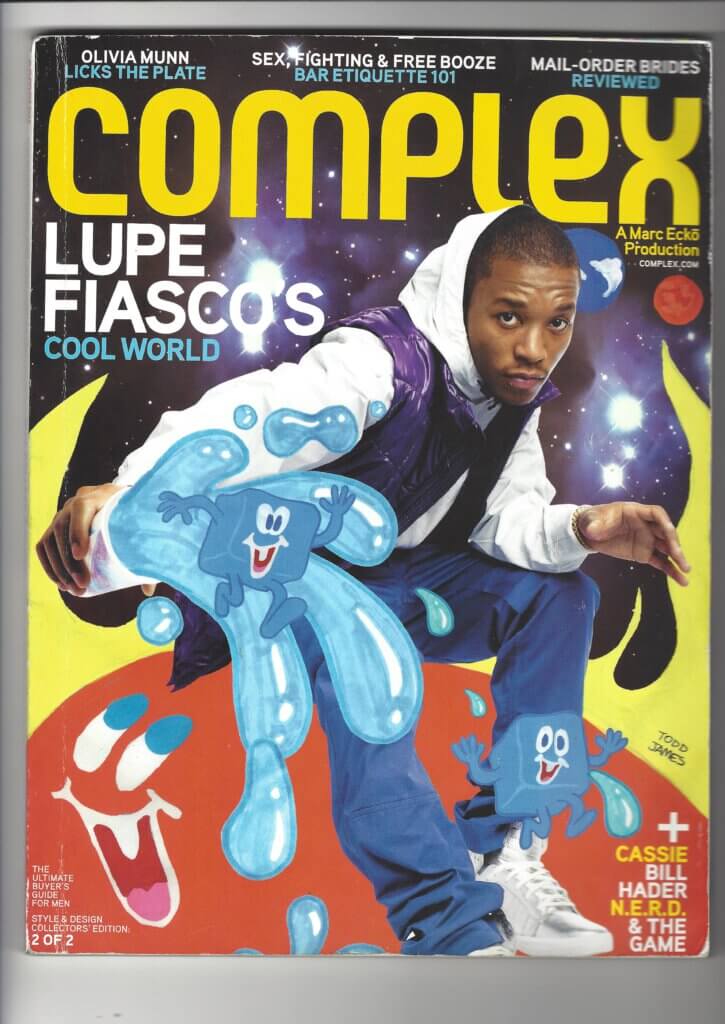
But my personal favorite and most influential release was the August/September 2008 issue that featured rapper Lupe Fiasco.
He released his debut “Food & Liquor“ that featured the skate anthem “Kick, Push“ in which he gave shout outs to Nike SB in a time when Air Force 1 were still dominating in Hiphop circles. Of course I bought my first pair of SB Dunks soon after hearing it.
His predecessor “The Cool“ dropped in 2007. He name droped everybody from Nigo, Le Messie, Supreme, Hiroshi Fujiwara to Goyard, Dr. Romanelli and Kaws. Except for Nigo I never heard those names before and so my research begun.
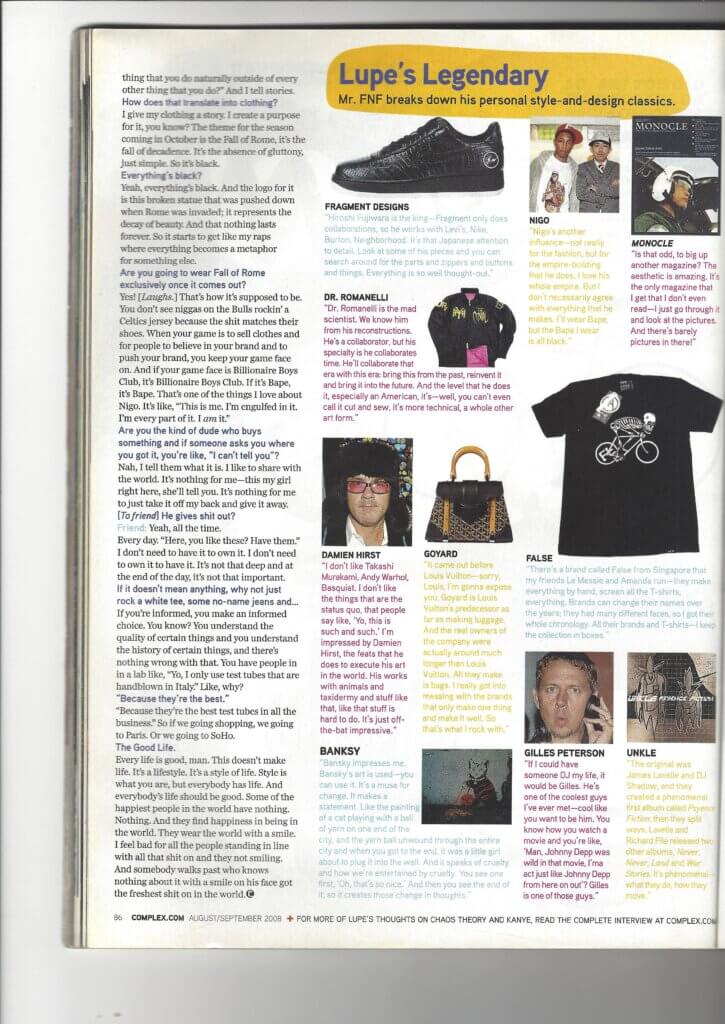
Another outstanding issue was published in April of 2009 with Kanye West, blessing the cover for a third time, who gave the readers a detailed look into the design process of his first collaboration with Nike – the Nike Yeezy 1 – a shoe that would change the sneaker game forever. Foreshadowing the flip cover of this particular issue featured Kanye’s later to be-wife Kim Kardashian.
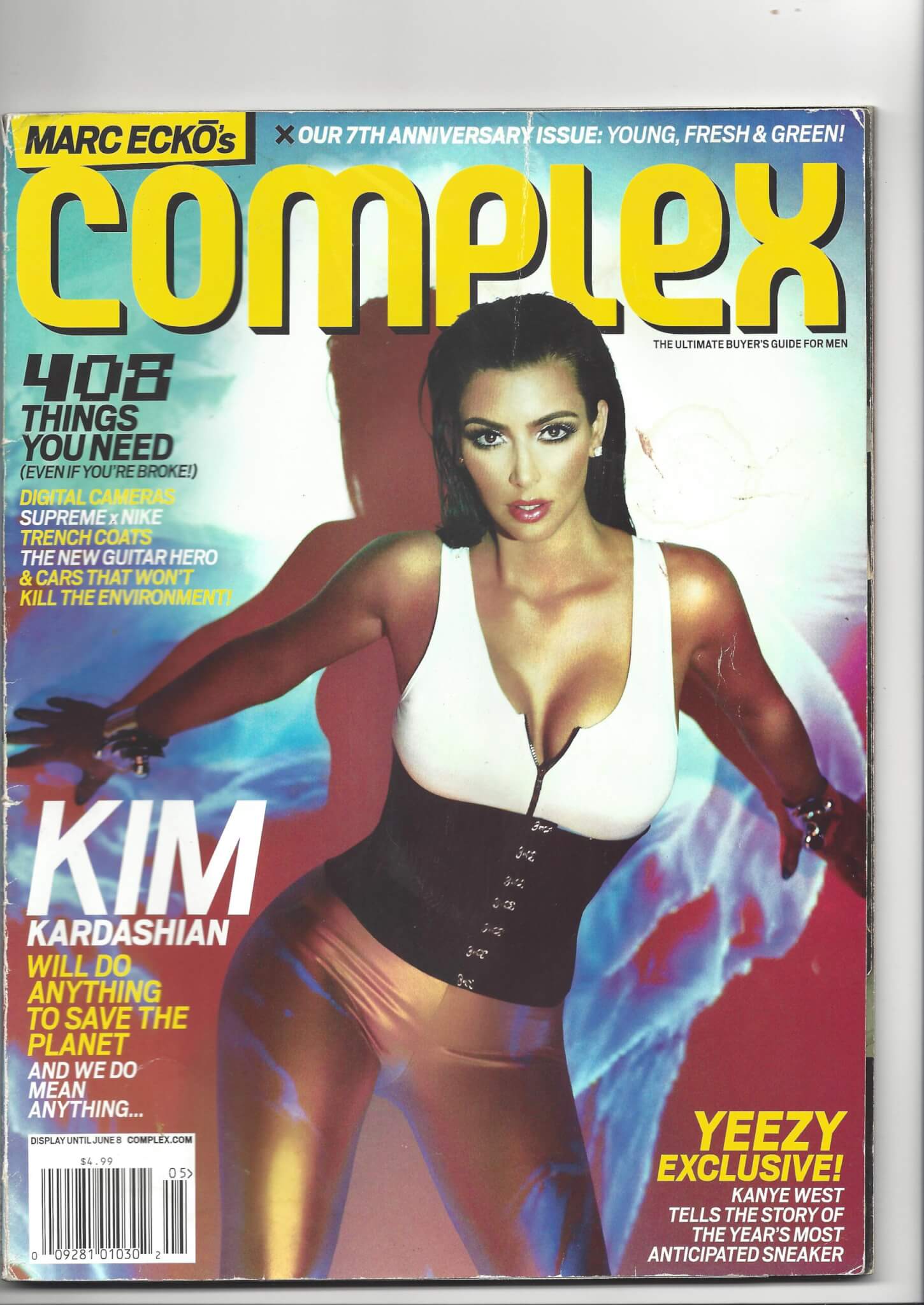
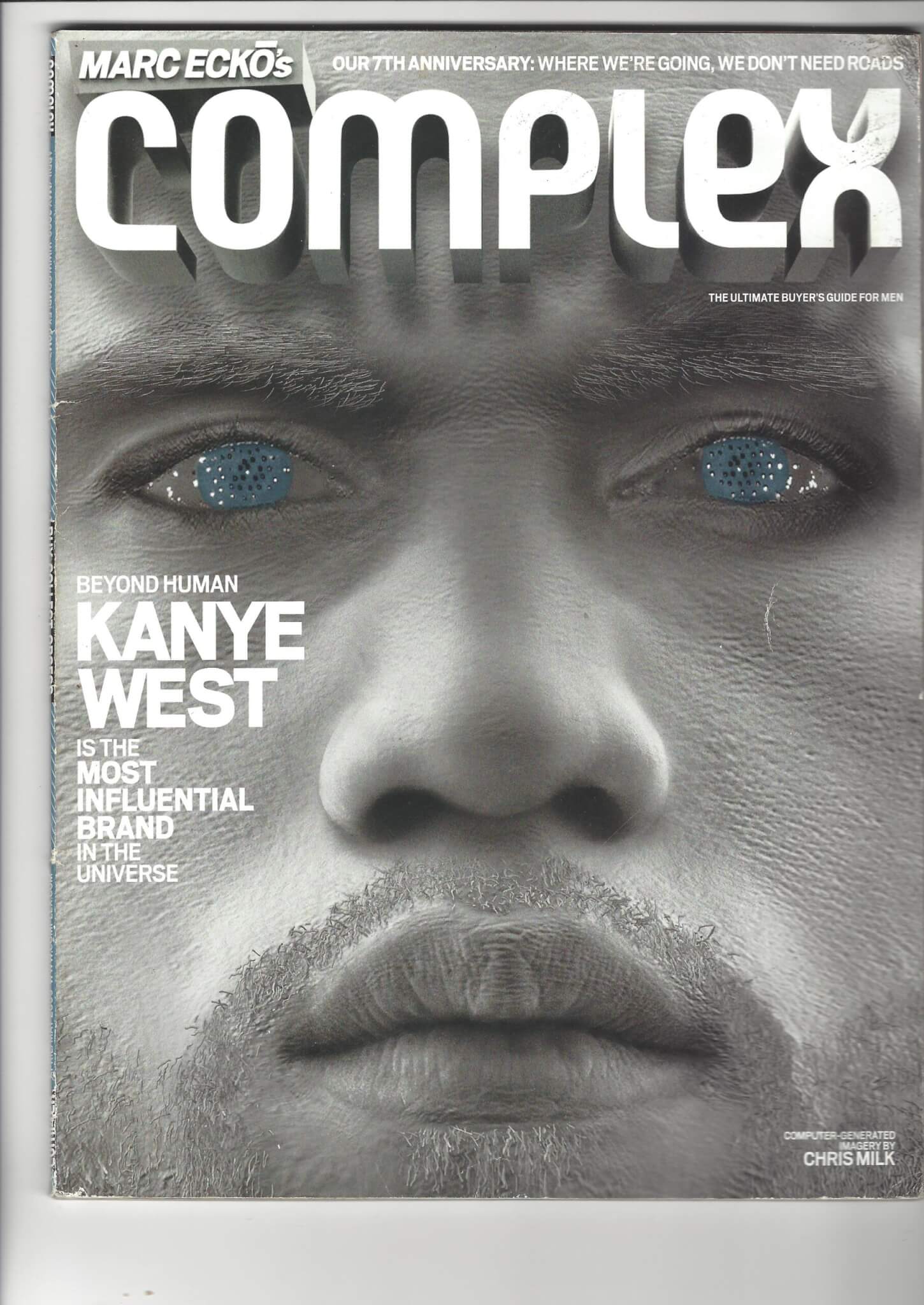
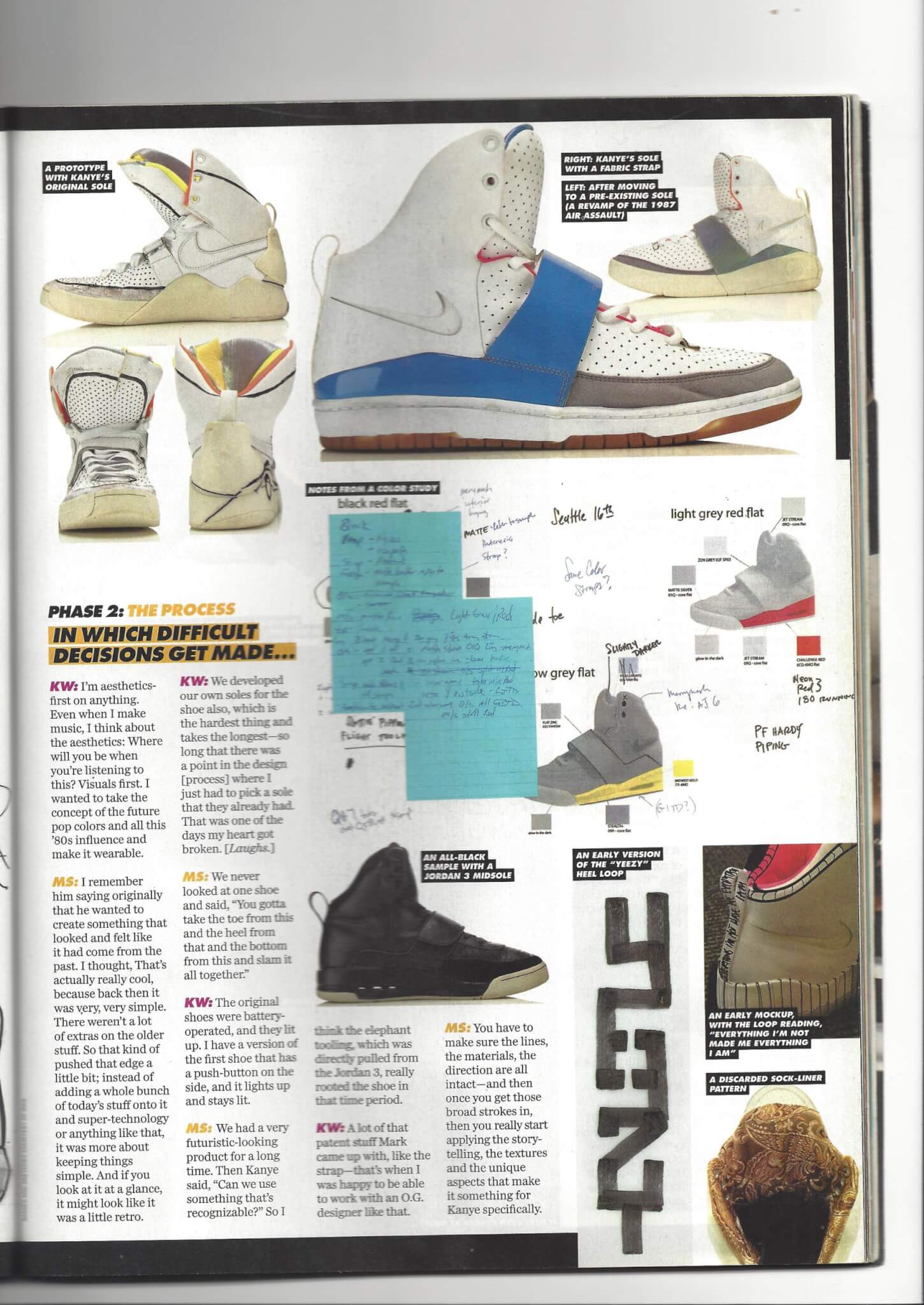
What always stood out was the tongue in cheek-style of writing and the love for the street culture that was oozing from every page. It influenced my writings until this day. It’s fair to say that I learned more from reading “Complex“ than from my days at University.
“Complex Magazine“ shut down in 2017, but influenced the culture on a massive scale and for the first time gave former overlooked artists, brands – and more important – subcultures a bi-monthly platform at every news stand.
Until today the “Complex Network“ flourishes with their main website complex.com still being one of the best sources for urban culture on the world-wide web.
I cherish each and every one of my old issues, that I of course still have, and whenever I want to take a trip to a simpler, but groundbreaking moment of time in fashion history, I open one of those old magazines.
I hope you enjoyed our little trip down memory lane as well.
See you next year,
Caiza








